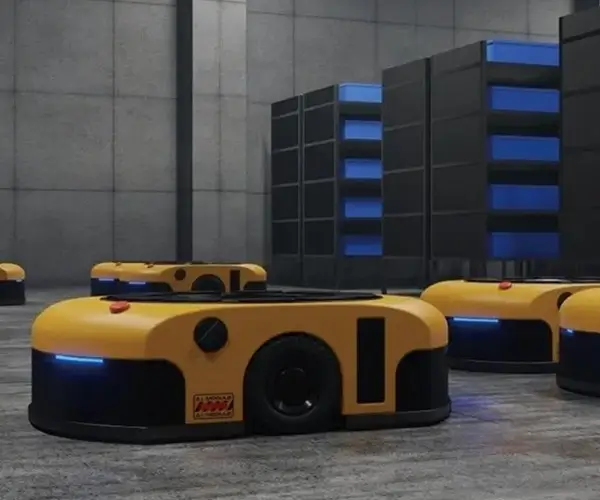Ever been lost in a sea of motor options and wondered, “What’s really the difference between a servo motor and a brushless DC motor?” Well, you’re not alone. These two powerhouses keep popping up in everything from robotics to industrial automation. Let’s take a casual stroll through their worlds, skipping the usual jargon and diving right into what makes each tick. No dull lecture, just the real deal.

First off, imagine you’re designing a robotic arm for assembly lines. Precision and control become king. That’s where servo motors shine. They’re like the Swiss Army knives of motion. Capable of high-precision position control, they’re perfect when you need to go exactly where you want, when you want. They come with feedback mechanisms—think of it as the motor whispering, “Hey, I moved here,” and then adjusting on the fly. That makes them fantastic for applications requiring fine-tuned movements, like camera gimbals or CNC machining.
Now, on the flip side: brushless DC motors. They’re like the reliable workhorses that keep things running smoothly, day in and day out. Known for their efficiency and durability, these motors don’t have brushes that wear out over time. They’re perfect for continuous rotation tasks—think drones flying high or electric bikes gliding effortlessly. Because they lack brushes, they run quieter and generate less heat, making them more energy-conscious. They’re the long-distance runners of the motor world.
Here's a quick mental picture: you’re controlling a conveyor belt. Would you want a motor that can precisely position each product? A servo might be better. But if you’re powering a ceiling fan or a basic pump, a brushless DC motor gets the job done without fuss. Sometimes, the decision is about how much control you need versus how much durability and efficiency you want.
You might ask, “Are they interchangeable?” Not quite. They serve different purposes. But understanding their core strengths helps guide the choice. For instance, if you’re building an autonomous drone that zips around, a brushless DC motor is a go-to. If you’re working on a robotic arm that needs to make subtle adjustments, a servo motor’s your best ally.
KPOWER’s lineup of motors covers a broad spectrum—each designed with specific needs in mind. Have a project that demands pinpoint accuracy? They’ve got you covered. Need something rugged and efficient? That’s where their brushless offerings really shine.
In the end, picking between a servo and a brushless DC motor isn’t about which is “better” universally. It’s about knowing what your project needs and matching that with the motor’s strength. No matter the choice, one thing’s clear: understanding these basic differences makes a big difference in the world of design and innovation.
Established in 2005, Kpower has been dedicated to a professional compact motion unit manufacturer, headquartered in Dongguan, Guangdong Province, China. Leveraging innovations in modular drive technology, Kpower integrates high-performance motors, precision reducers, and multi-protocol control systems to provide efficient and customized smart drive system solutions. Kpower has delivered professional drive system solutions to over 500 enterprise clients globally with products covering various fields such as Smart Home Systems, Automatic Electronics, Robotics, Precision Agriculture, Drones, and Industrial Automation.




































